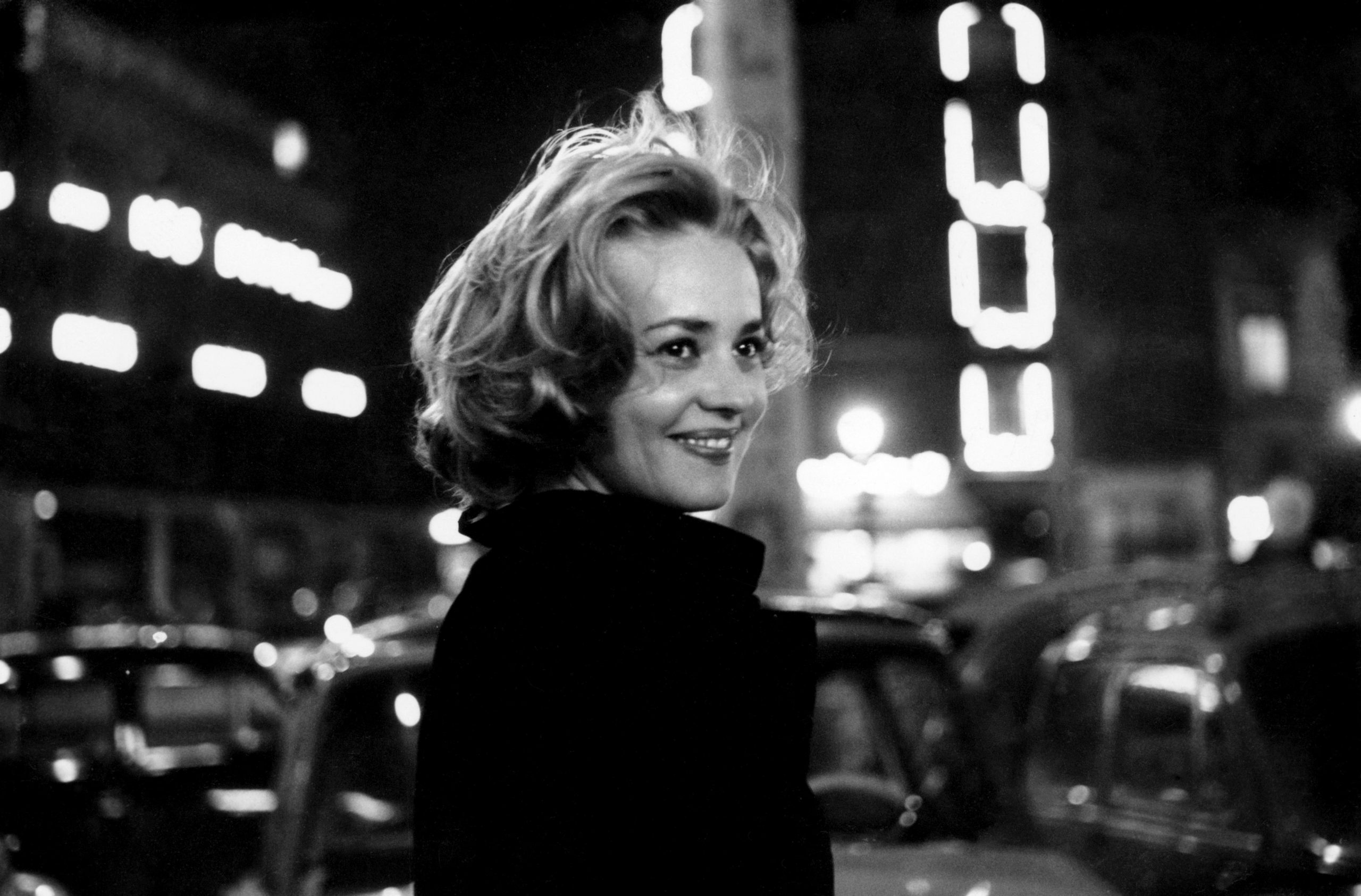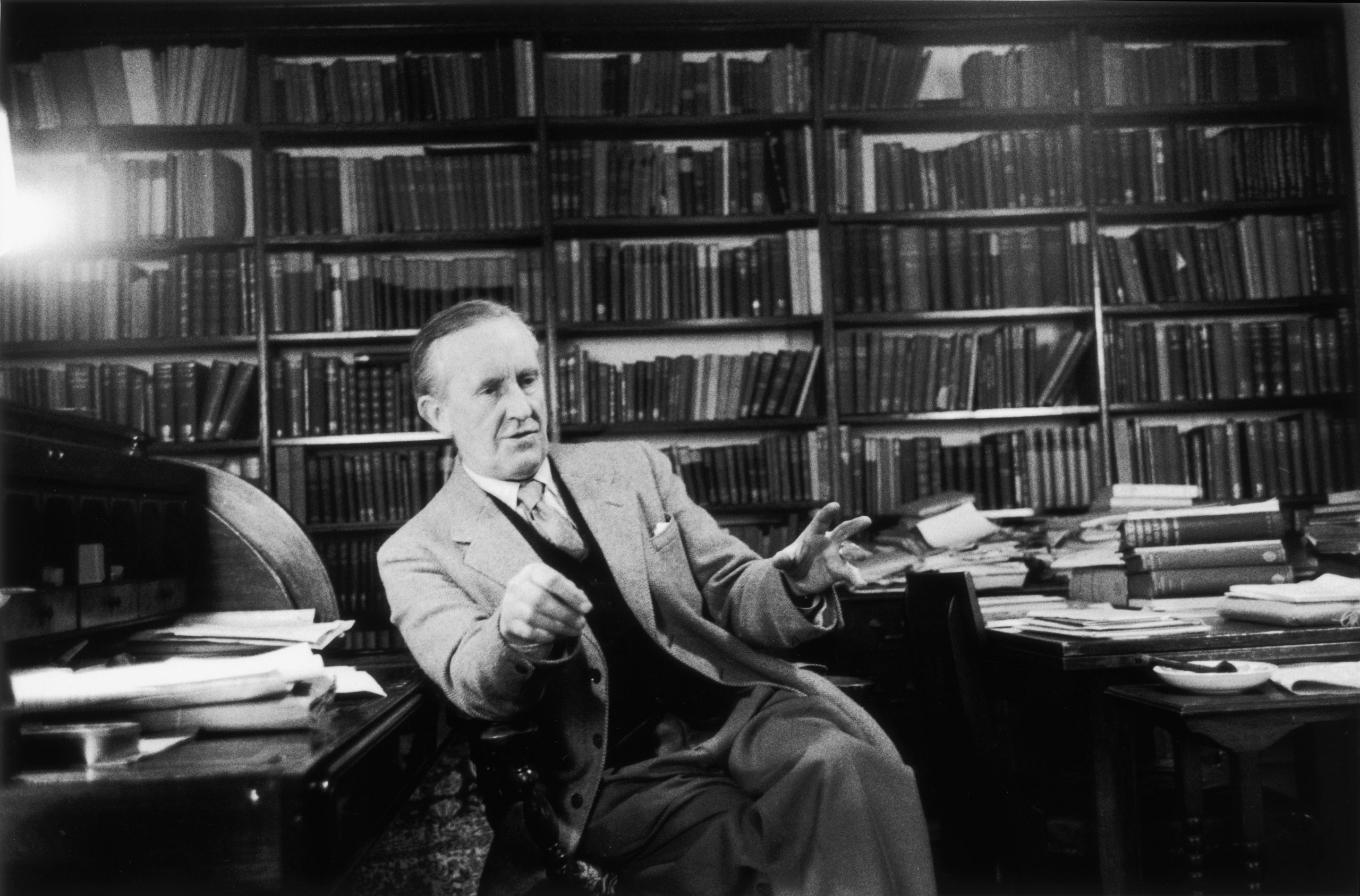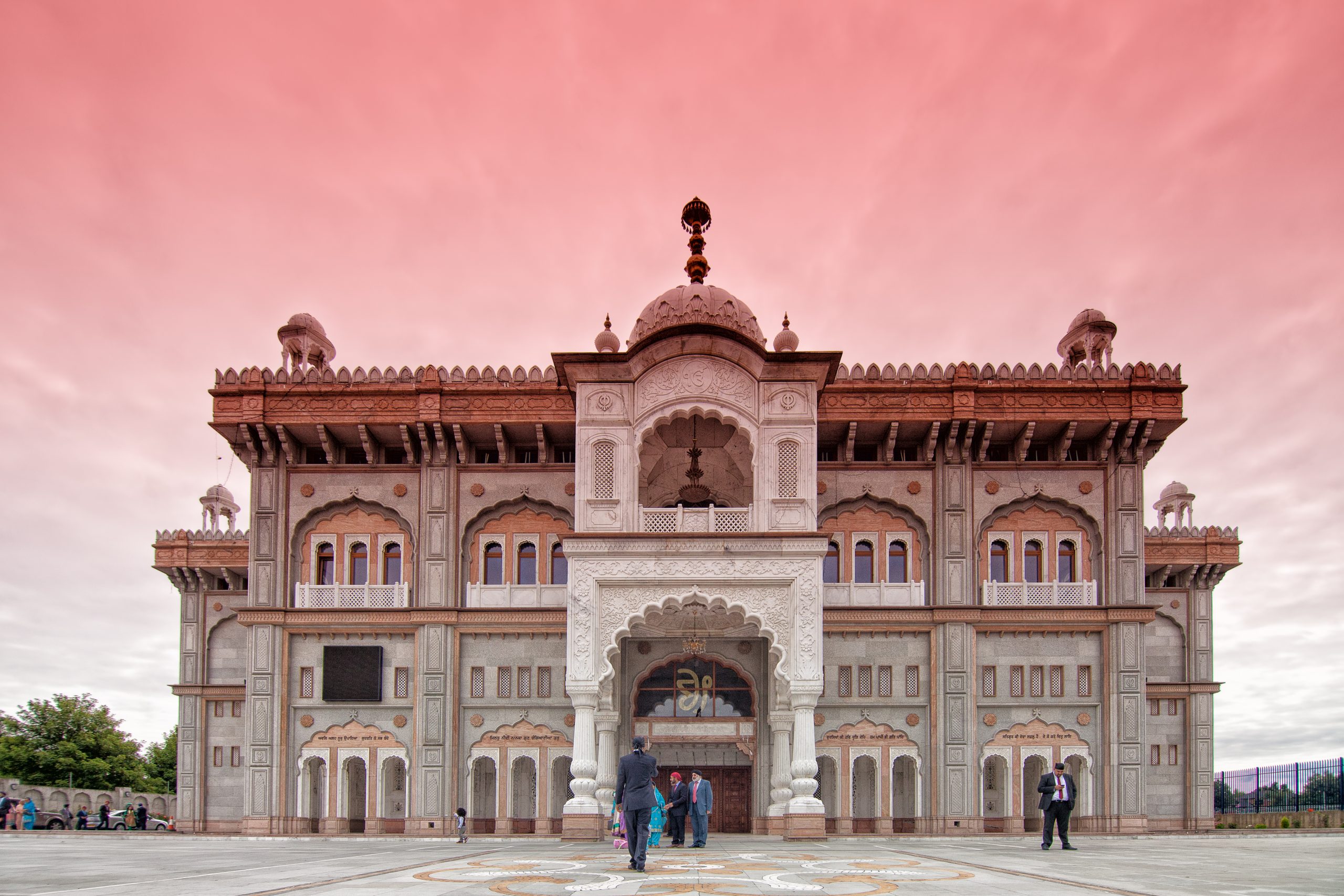January 23, 1928 – July 31, 2017
In Louis Malle’s 1958 film Ascenseur pour l’échafaud (‘Elevator to the Scaffold’) Jeanne Moreau’s Florence is waiting anxiously on a café terrace for her lover Julien to return from murdering her husband, making it look like suicide in order that they might escape to a new life together. What Florence doesn’t know is that Julien has become trapped in a lift at the scene of the crime while his car is being stolen by a pair of teenage lovers.
Julien is already late when Florence sees the car passing the café with a young woman in the passenger seat. Fearing she has been jilted for another ,she checks all the places where Julien might have called until, with no reported sightings, she steps into the street, rain starts to fall and the weight of dread realisation lands visibly upon her. Florence walks slowly towards the camera, hair almost white, face equally pale with no make-up, ghostly in her long black coat. Somehow, without uttering a word, Moreau conveys perfectly the crushing despair engulfing Florence as she walks through the dark, rain-shiny streets, peering through the windows of cafes and bars like a spectre, seeing people leading the kind of normal, carefree lives she will never know again.
It’s such an extraordinary piece of acting, supported by Miles Davis’s plaintive, echoing trumpet soundtrack, that when we hear Moreau breathe in a whispered voiceover, “Julien, je t’aurai cherché partout” (“Julien, I looked everywhere for you”), we’re not sure whether we’re hearing words actually spoken or conjured inside our heads by the intensity of the performance.
Some say the 1960s truly began with Francois Truffaut’s 1961 Jules et Jim, featuring arguably Moreau’s most famous performance as the bohemian Catherine, but if anything it was Ascenseur pour l’échafaud three years earlier, and Moreau’s utterly absorbing night walking in particular, that truly established the nouvelle vague’s role in creating the most culturally explosive decade in modern western history.
Being associated so closely with the nouvelle vague, Jeanne Moreau could have burned brightly and faded quickly, but her unwillingness to conform facilitated a lengthy, wide-ranging career littered with firsts. When she joined the Comédie-Française in 1948 at the age of 20 she was the youngest ever full-time member of the company. In 1965 she became the first French actress to appear on the cover of Time. She was the first woman to enter France’s Académie des Beaux-Arts when admitted in 2001 and remains the only French actress to be granted a career retrospective by the Museum of Modern Art in New York.
For Jean Renoir, she was “probably the actress I admire most”, while Orson Welles declared Moreau “the greatest actress in the world”, both accolades earned through talent and determination as well as a refreshingly frank belief that while acting drew upon life it was entirely separate.
“I just worry about being alive, taking care of my life,” she said in 1996. “I’m an actress but also a woman. The actress keeps the woman and the woman keeps the actress. The whole aim of my life is to say, beware, don’t be trapped by what people expect of you. Just go your own way.”
Her frustration with Burt Lancaster during the filming of 1964’s The Train revealed much about her acting philosophy and her attitude to life.
“Before he can pick up an ashtray he discusses the motivation for an hour or two. You want to say, ‘just shut up and pick up the ashtray’. Some actors need to know why, when the question should be, why not?”
This was not to suggest Moreau didn’t take her craft anything less than seriously. Interviewed in 1965 after starring in the musical Viva Maria! alongside Brigitte Bardot, she told Marguerite Duras that next she wanted to do something “more dangerous”.
“Acting deals with very delicate emotions,” she said. “It is not putting on a mask. Each time an actor acts he does not hide, he exposes himself.”
It’s possible to trace this singular delineation of life and acting back to her earliest days. Moreau’s mother Kathleen, a former Tiller Girl from Oldham who had moved to France to dance at the Folies-Bergères, was always supportive of her daughter’s dramatic ambitions but her restauranteur father Anatole was strongly opposed.
It was seeing a production of Jean Anouilh’s Antigone when she was 15 that convinced Moreau her future lay on the stage. When she told her father, breathless with excitement, he slapped her across the face and called her a whore. Encouraged in secret by her mother, Moreau began taking classes and once she was admitted to the Comédie-Française there was no turning back. It took her father until the 1970s to accept his daughter’s profession.
“At the beginning of my career I was seeking something traditional, strict,” she recalled, “just to prove to my father that being an actress is not being a whore.”
Success on the stage – a 1957 production of Cat on a Hot Tin Roof led the New York Times to place Moreau “in the front rank of the younger generation of French actresses” – soon transferred to the screen and made her one of the biggest stars of her era.
An unashamedly busy personal life fuelled that fame. There were relationships with Malle, Welles, Truffaut and Pierre Cardin, while Moreau was cited by Vanessa Redgrave in her divorce from director Tony Richardson. She married twice, first to Comédie-Française colleague Jean-Louis Richard, then in 1975 to the Exorcist director William Friedkin, a relationship she described as the most passionate of her life but one doomed by her aversion to the Hollywood lifestyle. As ever, compromise was out of the question.
“The cliche is that life is a mountain,” she said in 2001. “You go up, reach the top and then down. To me, life is going up until you are burned by flames. Life is given to you like a flat piece of land on which everything has to be created. I hope that when I am finished my piece of land will be a beautiful garden. On that there is still a lot of work to be done.”




